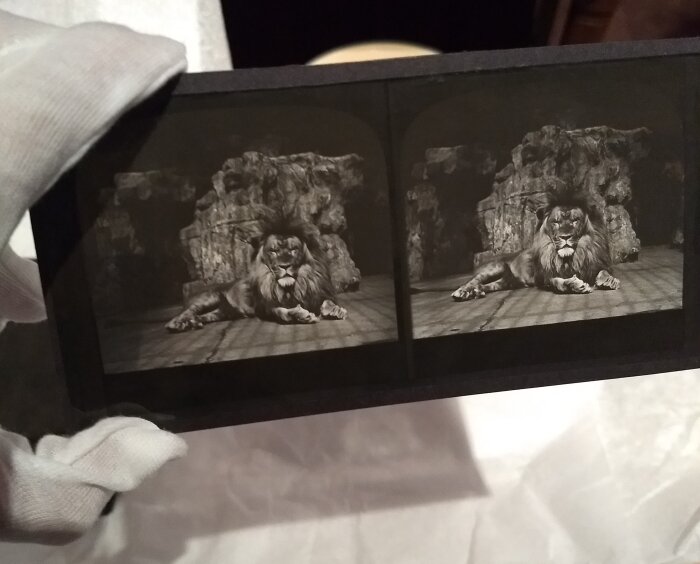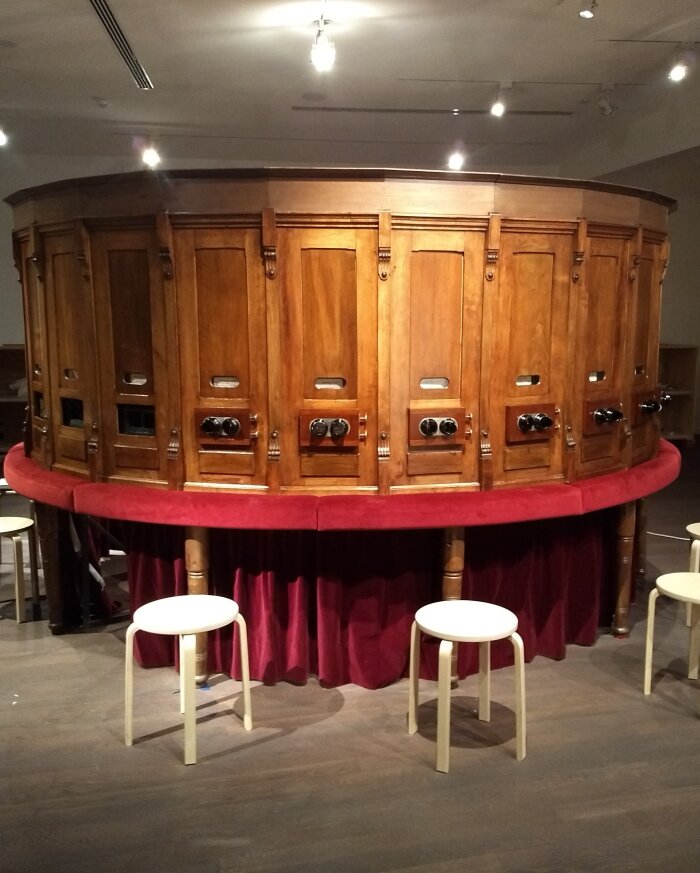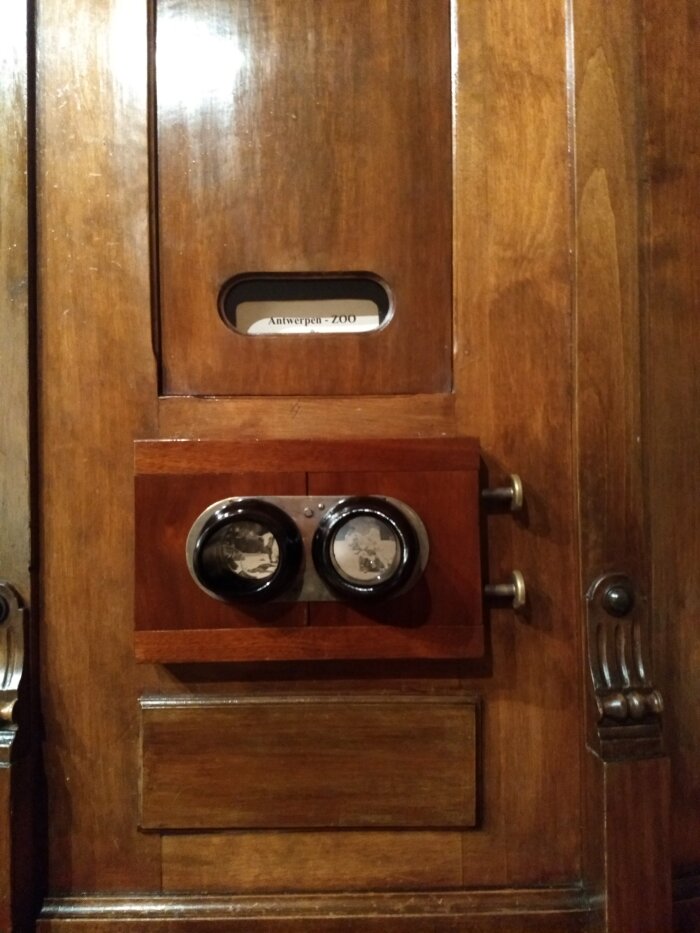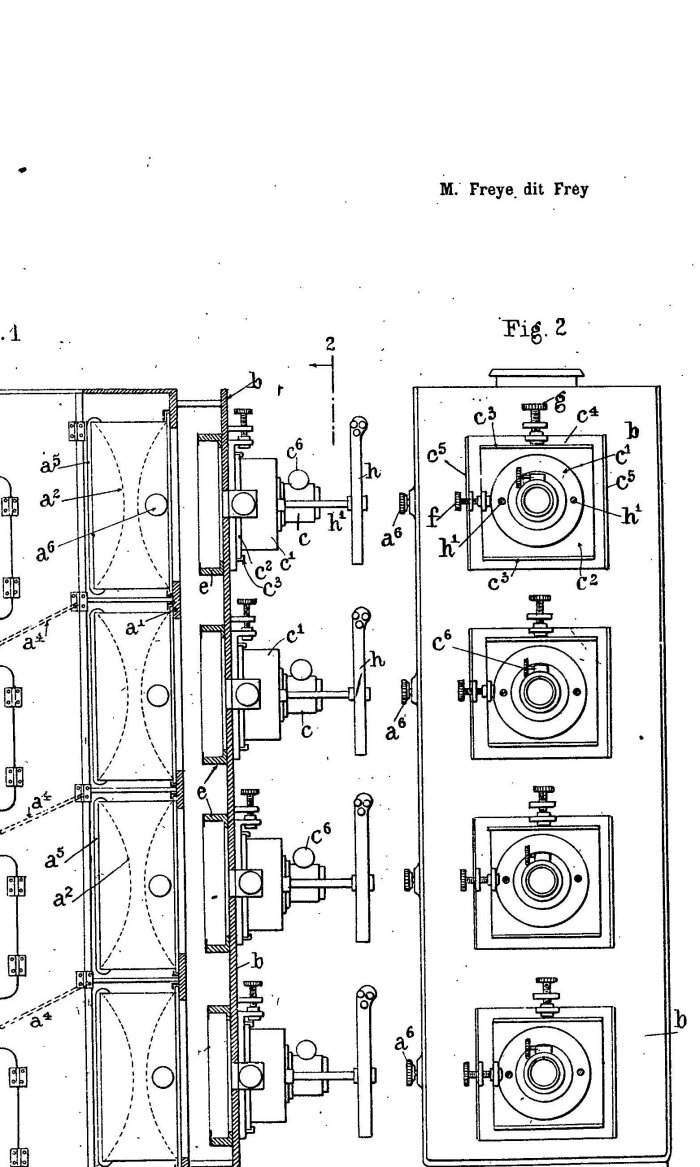Postdoc: ENGELEN Leen (UA) | Supervisor: VANHOUTTE Kurt (UA) | Co-supervisor: WILS Kaat (KU Leuven)
As a technology and art form, magic lantern projections played a role in various artistic disciplines and contexts: opera, ballet, poetry, music, exhibitions… In contrast to lantern illustrated lectures, where the lecturer was the key person who also selected and/or manufactured the slides, their role in other cultural productions was often a minor one. More often than not the lanternists were but one cog in the wheel of the production. They had to negotiate their role, the application of their artistic vision and the use of their technology with several others engaged in the production. Not only with performing artists from different disciplines – opera, theatre, dance, music – but also with scenographers, electricians and (light) technicians. A case in point - and a first case study in this project – is the Belgian born painter and lanternist Eugène Frey (1864-1942) whose “décors lumineux” toured music-hall, opera and theatre stages around Europe between roughly 1900 and 1938. After a long engagement at the Théâtre de Monte-Carlo, where he created “décors lumineux” for dozens of opera productions, including Berlioz’ The Damnation of Faust and Mozart’s The Magic Flute, he returned to Belgium in the late 1920s where he was engaged at several theatres and opera houses. Throughout his career, Frey held on to (his self-furbished) lantern technology to make scenographic contributions. The media archaeological precedents of his technology as well as the continuous use and re-use of his décors lumineux in different artistic contexts will be the focus of this study.
A second project will focus on the stereoscopic diorama / panorama (Welt-Panorama or Kaiser Panorama) as a visual medium and technology that was used as a form of stand-alone entertainment as well as in the (world) exhibition context in the late nineteenth and first half of the twentieth century. Again, the focus will be on the uses of this specific dispositif in different contexts as well as on its media archaeological relatives.
In collaboration with the Photo Museum of Antwerp (FoMu) a study will be made of the history and many uses of the stereoscopic panorama (1905) in their collection in preparation of a historical restauration project and future exhibition plan.
-
 Postdoc 6: The Uses of the Magic Lantern in Scenography
Postdoc 6: The Uses of the Magic Lantern in Scenography -
 Postdoc 6: The Uses of the Magic Lantern in Scenography
Postdoc 6: The Uses of the Magic Lantern in Scenography -
 Postdoc 6: The Uses of the Magic Lantern in Scenography
Postdoc 6: The Uses of the Magic Lantern in Scenography -
 Postdoc 6: The Uses of the Magic Lantern in Scenography
Postdoc 6: The Uses of the Magic Lantern in Scenography